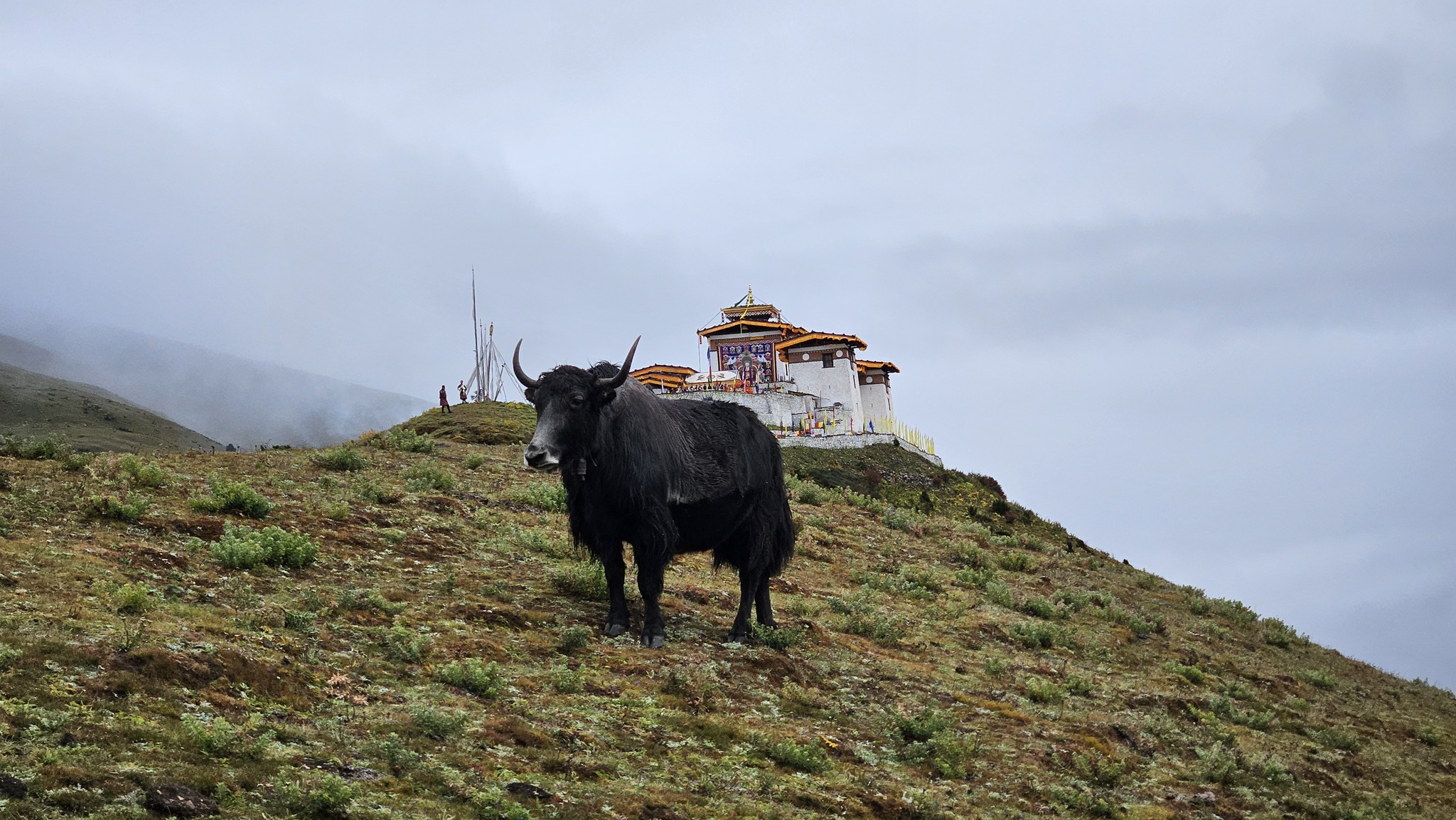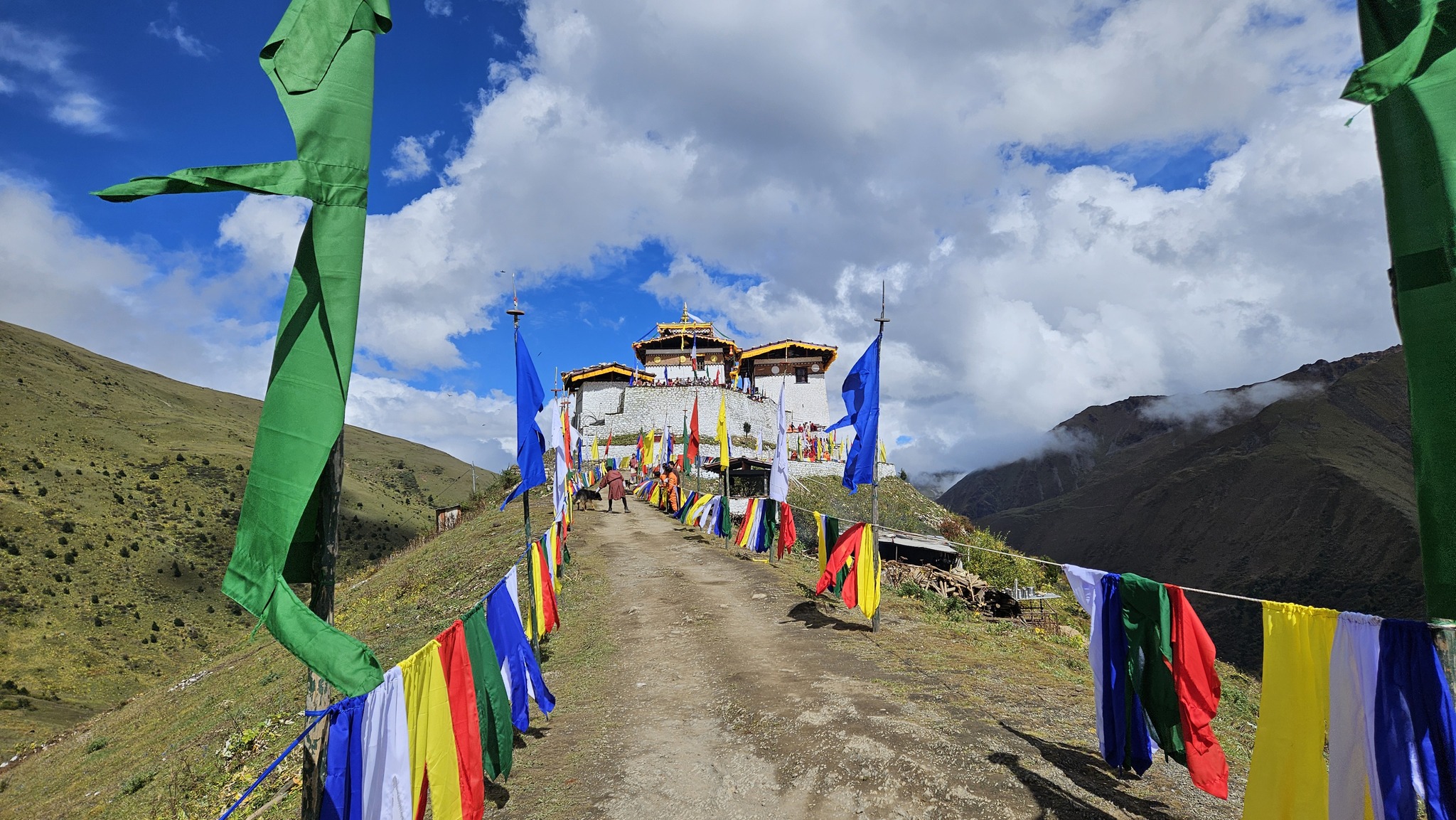Lingzhi Dzong Conservation Project: A Symbol of Bhutan’s Enduring Heritage
News & Events
Lingzhi Dzong Conservation Project: A Symbol of Bhutan’s Enduring Heritage
The consecration ceremony of the newly reconstructed Lingzhi Yugyal Dzong, presided over by the Venerable Dorji Lopen of the Zhung Dratshang, marks a major milestone in Bhutan’s ongoing efforts to preserve its cultural and architectural legacy. This historic event, attended by the Hon’ble Minister for Home Affairs, Members of Parliament, National Council representatives, the Dzongdag and Dzongkhag officials, brought together hundreds of dignitaries and local residents to witness the revival of one of Bhutan’s most significant fortresses.

Restoring a Fortress of History and Defence
Lingzhi Dzong, originally constructed in 1668 by Chogyal Minjur Tenpa, the third Druk Desi, stands as a powerful symbol of Bhutan’s military and cultural history. The Dzong was built to commemorate Bhutan’s victory over Tibet in the war of 1667 and has long served as a sentinel guarding Bhutan’s northern frontiers. Perched dramatically at 4,150 metres in the highlands of Thimphu District, its strategic location near the Tibetan border was crucial for regional security and cultural continuity.
However, time and nature took a toll. The Dzong suffered structural damage from the 1897 earthquake, with further destruction inflicted by the 2011 tremor, prompting a large-scale conservation initiative. Under Bhutan’s 12th Five Year Plan, a major reconstruction effort was launched in 2018, supported by a generous Nu. 179 million grant from the Government of India. The project was led by the Department of Culture and Dzongkha Development and involved innovative methods such as the employment of Open Air Prisoners (OAPs)—a cost-effective and socially inclusive approach to heritage restoration.

Introducing the Heritage Gallery at Lingzhi Dzong
As part of the Dzong’s transformation, a new Heritage Gallery was established within the complex. This gallery serves as a curated space celebrating the rich cultural traditions, historical achievements, and spiritual significance of the region. Exhibits include historical artefacts, archival narratives, and cultural displays that offer visitors deep insights into Bhutan’s past and its continued reverence for heritage.
This effort was supported by Druk Asia, reaffirming the travel company’s ongoing commitment to the preservation and promotion of Bhutanese culture. The gallery not only enhances the educational value of the Dzong but also strengthens its role as a living museum that honours both history and community.
Where is Lingzhi Dzong?

Located in the Lingzhi region of Thimphu District, Lingzhi Dzong is one of the most remote and visually spectacular fortresses in Bhutan. Surrounded by the mountain villages of Zombuthang and Misayue, and guarded by the mighty twin peaks of Jichu Drake and Tserim Gung, the Dzong sits atop a steep hillock with commanding views of the Himalayan highlands.
Today, the Dzong houses about thirty monks and is led by a Lama Neten, continuing its dual role as a spiritual centre and military watchpost—just as it did centuries ago.
